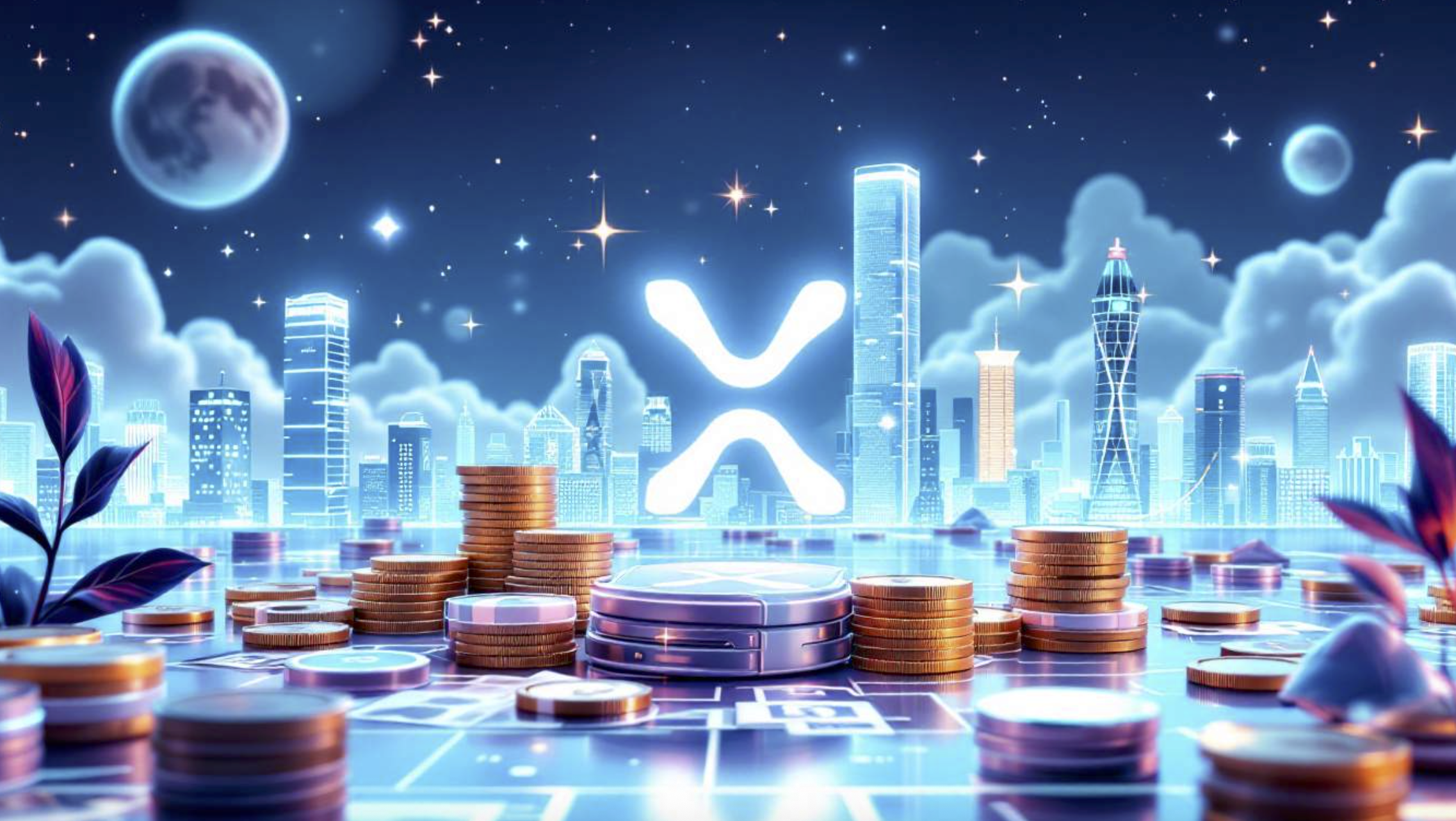
XRP is making waves in the cryptocurrency world, known for its speed and efficiency. But let’s be real, XRPs earning potential isn’t through traditional staking. There are some alternative routes you can take to make the most of your XRP stash. This post will unpack the whole XRP situation, the options for earning, and how it fits into the regulatory maze. Let’s dive in.
XRP Staking: What Does It Mean?
Now, when we talk about XRP staking, it’s a bit of a misnomer. In the context of cryptocurrencies that use proof-of-stake (PoS) mechanisms, staking typically means earning rewards for helping to secure the network. However, that’s not how the XRP Ledger (XRPL) operates. It runs on the Ripple Protocol Consensus Algorithm (RPCA) and doesn’t offer any kind of validator rewards or staking for general holders.
But here’s the kicker: many crypto exchanges are stepping in to offer products that mimic traditional staking—think interest-bearing accounts or lending programs. With these options, “staking” really means locking up your XRP for a set amount of time, and in return, you get regular interest payments.
Alternative Earning Paths in Crypto
If you’re a startup or investor trying to manage the ups and downs of XRP earnings, you have some choices.
You could lend your XRP via platforms like HashStaking and GeekStake, Binance or Crypto.com. It’s a way to earn while keeping your exposure to price fluctuations at bay.
Another option is to hedge using futures contracts. By taking short positions that match your XRP holdings, you could shield yourself from any potential drops.
Some folks are using prediction algorithms to forecast price movements, helping them decide when to convert or spend XRP.
For those wary of direct exposure, XRP ETFs can offer a safer bet, and options trading can also provide a buffer against uncertainty.
And, of course, you could offer payroll in stablecoins as well as XRP.
The Regulatory Impact on XRP for Startups
The regulatory environment in Asia and Europe is crucial for XRP’s potential use by small and medium enterprises (SMEs). In Asia, places like Singapore and Hong Kong have laid down progressive frameworks that facilitate smoother integration of digital assets into financial flows. This might open the door for more institutional adoption.
In Europe, the EU’s Markets in Crypto-Assets (MiCA) regulation offers passporting rights. This means crypto service providers can operate across all EU member states, reducing licensing hassles. This clarity is essential for SMEs that might consider using XRP for payments or liquidity management.
Top Platforms for Crypto Banking and Yield from XRP
There are plenty of platforms out there for those looking to earn yield on XRPs. Here’s a quick look at a few of the more notable ones:
HashStaking: Built for Serious ETH Stakers
HashStaking.com is quickly becoming a go-to platform for users who want high-efficiency ETH staking without technical hassle. The platform offers both flexible and fixed staking options, tailored to match different user risk profiles and timelines.
The flexible plan gives you daily rewards with no lock-up, ideal for users who want access to their ETH at all times. On the other hand, the fixed staking product locks your ETH for 30, 60, or 90 days — with significantly higher yield rates.
HashStaking also prioritizes security and transparency, operating with institutional-grade validators and live performance tracking. For those looking to stake ETH at scale or diversify across staking durations, HashStaking provides a clean, pro-level solution.
GeekStake: Easy Staking for Everyone
GeekStake.com is built with simplicity in mind — making it perfect for beginners who want to earn from ETH without touching code or running nodes.
You can start staking ETH in just three clicks, with no minimum requirement. Rewards are automatically distributed and reinvested, giving users a seamless compounding experience.
GeekStake currently offers a fixed staking pool with competitive APY, and the platform’s intuitive dashboard helps you track returns in real time.
With a growing reputation for user-first design and low fees, GeekStake is making ETH staking more accessible than ever.
Binance: The One-Stop Shop
Binance has a variety of XRP earning products under their “Simple Earn” program. You can put your XRP into flexible or locked savings.
The perks? High liquidity and a well-known brand.
The flexible option lets you withdraw your XRP whenever, while the locked one offers better rates for fixed periods.
Kraken: Safety and Simplicity
Kraken emphasizes security and simplicity. You can unstake at any time, and they focus on compliance with regulations.
Pros include a user-friendly interface and reliable customer support, plus fixed payout intervals.
Nexo: The All-In-One Solution
Nexo allows you to deposit XRP and earn interest while also borrowing against your holdings without selling.
Benefits? You earn while having access to credit lines in stablecoins or fiat. They’re compliant with relevant regulations.
Weighing the Risks of XRP Yield Programs
The excitement around XRP yield programs is palpable, but there are risks at play. Unlike “true” staking where you’re helping secure the network, with XRP, you’re handing your assets over to a third-party that promises periodic yield.
Some of the risks include platform risk, where your XRP could be lost if the exchange collapses; regulatory uncertainty; and variable rates that can fluctuate widely.
Final Thoughts
For XRP holders today, the landscape is a mix of opportunity and risk—requiring vigilance, some price comparison shopping, and reasonable expectations. Whether you care more about security or the best possible returns, there’s a platform for every strategy.
Earning interest on XRP is as much about growth as it is about navigating risk. In this state of flux, being informed and diversified can go a long way in achieving your crypto goals.





